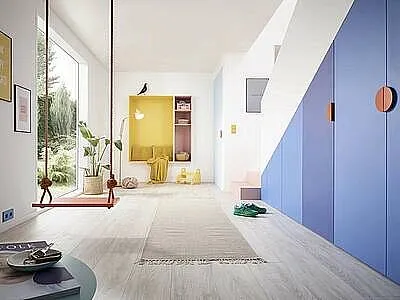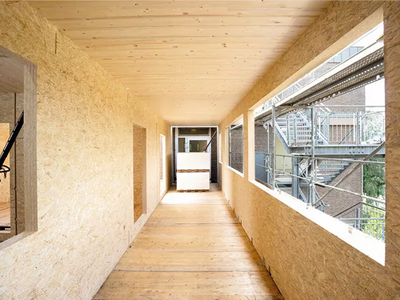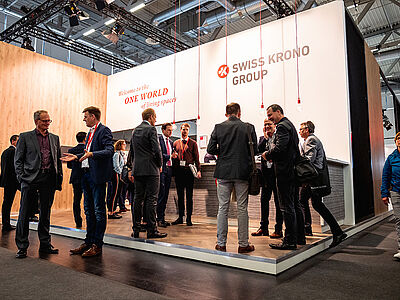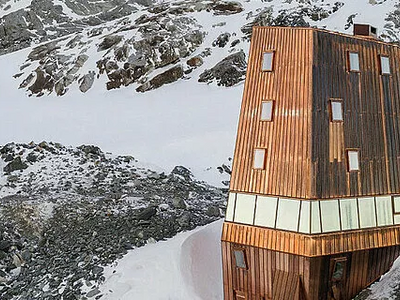Condensate calculation
With the help of our database, you can easily calculate the condensate loss online according to the Glaser method in accordance with DIN 4108-3. Simply include the materials of the exterior wall or roof construction from the selection below by clicking on them.
Condensate calculatorThe calculation tool does not show how much condensate precipitates. Nevertheless, you can estimate how safe the construction is based on this information:
- If the actual value is significantly lower than the saturated value, then it can be said to be a safe construction.
- If the actual value is only slightly above the saturated value, condensate will occur, but damage need not necessarily be expected.
- If the actual value is much higher than the saturation value, then an optimization of the construction is necessary in any case.
What is condensate?
Depending on temperature and air pressure, the air absorbs varying amounts of moisture in the form of water vapor. Condensate is caused by the cooling of warm air, as cold air can absorb less water.
In winter, when the warm, humid indoor air cools down on its way through the wall or roof, condensation can cause condensate (also called condensation water or perspiration water). When constructing buildings, it must be ensured that this condensate does not penetrate a building component and thus damage it. To prevent condensate, less water vapor must enter the component from the warm inner side than can escape on the cold outer side.
The condensate calculation according to the Glaser method
Named after its inventor Helmuth Glaser, Glaser's condensate calculation represents a simplified, standardized method. The following values are always assumed for the environment:
- Interior: 20°C, 50% humidity, 8.7 g water/m3
- Exterior: -10°C, 80% humidity, 1.7 g water/m3
There is a difference in vapor pressure between inside and outside. Through diffusion, the vapor, i.e. moisture, passes through the various layers of the wall or roof from inside to outside. To ensure that moisture can escape through the wall or roof without condensate loss, the individual component layers must have different resistances. Therefore, building materials with high diffusion resistance are used on the warm side and materials with low diffusion resistance on the cold side. The construction must therefore be more (diffusion)-resistant inside than outside. This allows the moisture to escape outside without reaching a cooler component layer where it would condense.
Whether a component is capillary is irrelevant for the condensate calculation according to the Glaser method. Here, only climatic conditions in the individual layers are considered and analyzed to determine whether condensate precipitates at these points. The capillary effect is taken into consideration in much more complex building physics programs, such as WUFI, in hygrothermal simulations. This type of software can also be used, for example, to check flat roof constructions that are not diffusion-open and where the roof re-dries on the inside in summer. However, the SWISS KRONO calculation tool for condensate loss allows a reliable assessment of whether or not condensate precipitates for the selected design. Therefore, several values are used for the calculation:
- Water vapor diffusion resistance (µ): Vapor resistance of the component
- sd value: targets the diffusion equivalent air layer thickness, is calculated from the vapor resistance (µ) and the thickness (d) of the product in meters (µ x d)
Example: If a product has an sd value of 5 m, this corresponds to the resistance of a 5 m thick layer of air. - Thermal conductivity value (λ): Ability of a material to transmit thermal energy in W/(m•K)
- Vapor pressure: Water vapor pressure in the component layer in PA. The actual value is the calculated value of the component layer. The saturation value or vapor saturation value indicates the point at which condensate starts to precipitate. If the actual value is greater than or equal to the saturated value, “Condensate" is displayed.






